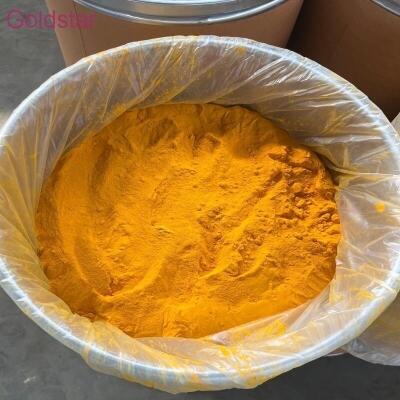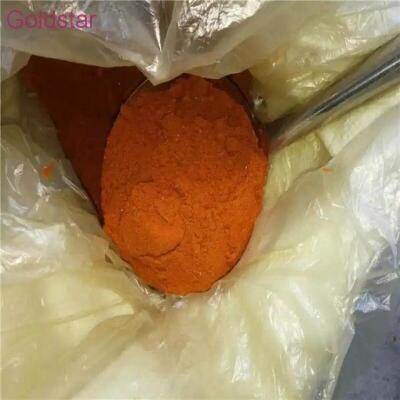-
Categories
-
Pharmaceutical Intermediates
-
Active Pharmaceutical Ingredients
-
Food Additives
- Industrial Coatings
- Agrochemicals
- Dyes and Pigments
- Surfactant
- Flavors and Fragrances
- Chemical Reagents
- Catalyst and Auxiliary
- Natural Products
- Inorganic Chemistry
-
Organic Chemistry
-
Biochemical Engineering
- Analytical Chemistry
-
Cosmetic Ingredient
- Water Treatment Chemical
-
Pharmaceutical Intermediates
Promotion
ECHEMI Mall
Wholesale
Weekly Price
Exhibition
News
-
Trade Service
Synthetic Routes of Calciuml-5-Methyltetrahydrofolate: An Overview of Chemical Industry
Calciuml-5-methyltetrahydrofolate (L-5-MTHF) is an important intermediate in the production of active pharmaceutical ingredients and nutritional supplements.
It is a synthetic form of folic acid, which is a B vitamin essential for the normal functioning of the body.
L-5-MTHF is widely used in the pharmaceutical industry as a starting material for the synthesis of various drugs.
In this article, we will discuss the different synthetic routes for L-5-MTHF and their importance in the chemical industry.
- The classical route
The classical route for the synthesis of L-5-MTHF involves several steps, including the synthesis of 5-methyltetrahydrofolic acid (5-MTHA) and its conversion to L-5-MTHF.
The synthesis of 5-MTHA involves the reduction of folic acid to 5-formyltetrahydrofolic acid (5-FTHA), followed by the methylation of 5-FTHA to produce 5-MTHA.
The conversion of 5-MTHA to L-5-MTHF involves hydrolysis of the methyl ester followed by reduction of the resulting 5-methylfolate to L-5-MTHF.
This route is commonly used in the industry and is relatively simple and efficient.
- Enzymatic route
An alternative route for the synthesis of L-5-MTHF involves the use of enzymes.
This route involves the conversion of folic acid to 5-FTHA by folate hydrolases, followed by the methylation of 5-FTHA to produce 5-MTHA.
The conversion of 5-MTHA to L-5-MTHF can be achieved through hydrolysis of the methyl ester and reduction of the resulting 5-methylfolate.
This route is more complex than the classical route but has the advantage of being more environmentally friendly, as it uses enzymes instead of chemical reagents.
- Biotechnological route
A biotechnological route for the synthesis of L-5-MTHF has also been developed.
This route involves the use of microorganisms that are able to convert folic acid to L-5-MTHF.
This process involves several steps, including the conversion of folic acid to 5-FTHA by folate hydrolases, the reduction of 5-FTHA to 5-MTHA by 5-FTHA reductases, and the conversion of 5-MTHA to L-5-MTHF by methyltransferases.
This route is more complex than the other two routes and is still under development, but it has the potential to be more efficient and environmentally friendly.
In conclusion, the synthetic routes for L-5-MTHF are important in the chemical industry, and each route has its advantages and disadvantages.
The classical route is relatively simple and efficient, while the enzymatic and biotechnological routes are more environmentally friendly.
The choice of route depends on the specific requirements of the manufacturing process and the desired product characteristics.
The development of new and more efficient synthetic routes for L-5-MTHF is an ongoing process, and it is likely that new routes will be developed in the future.







